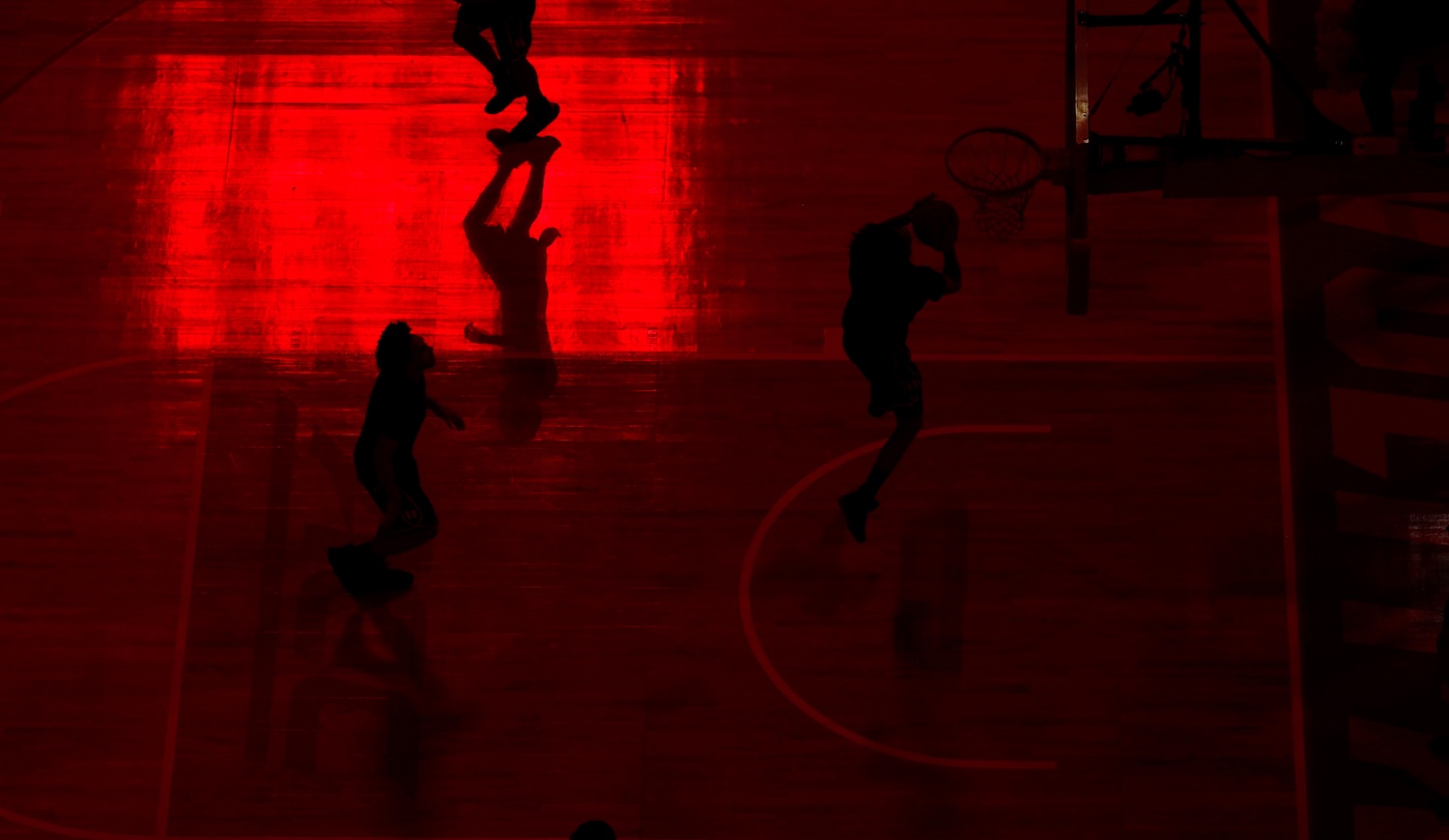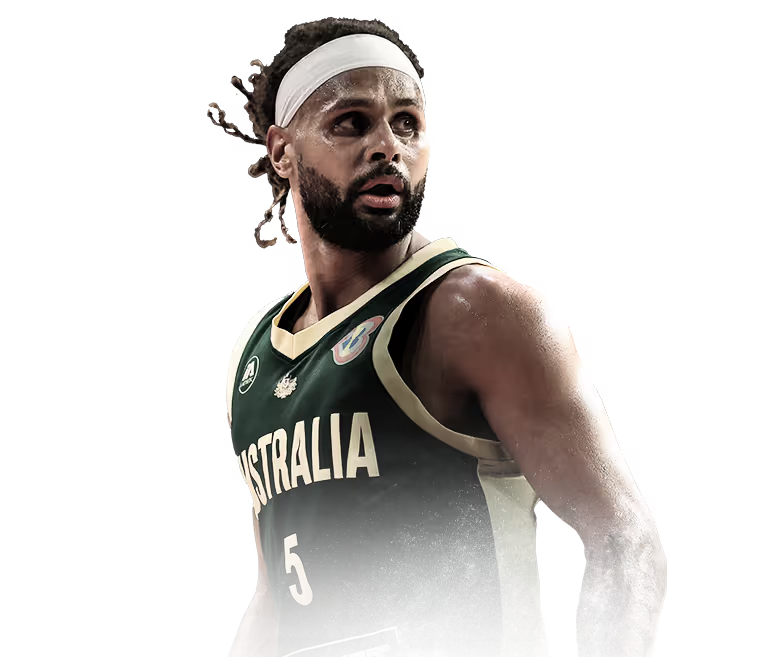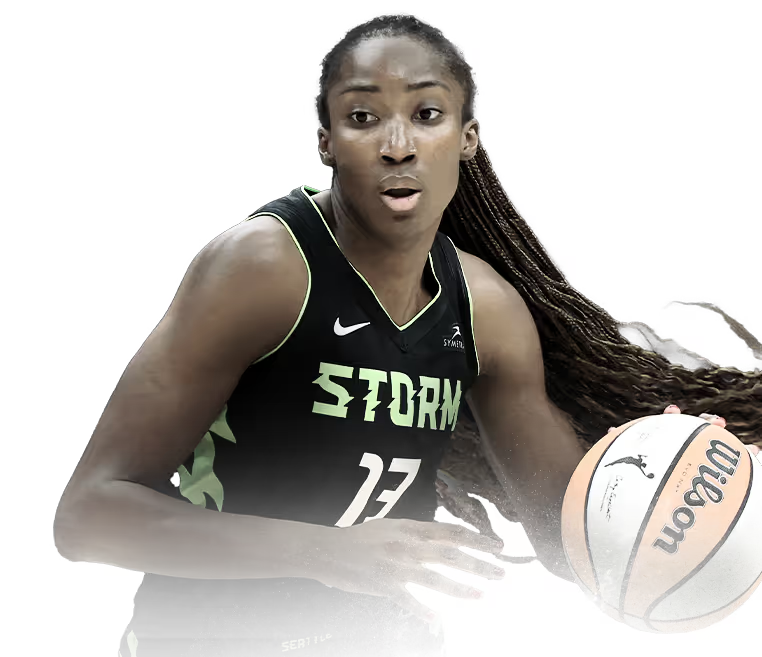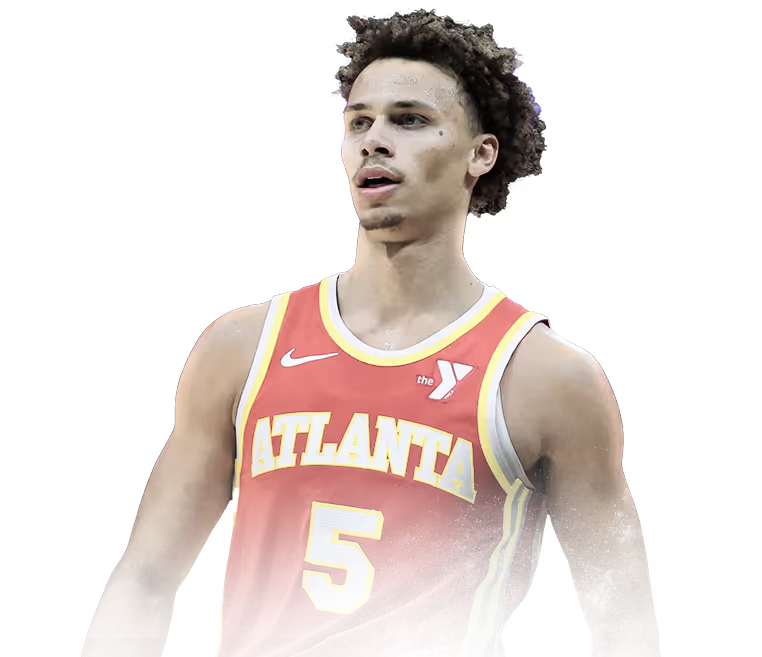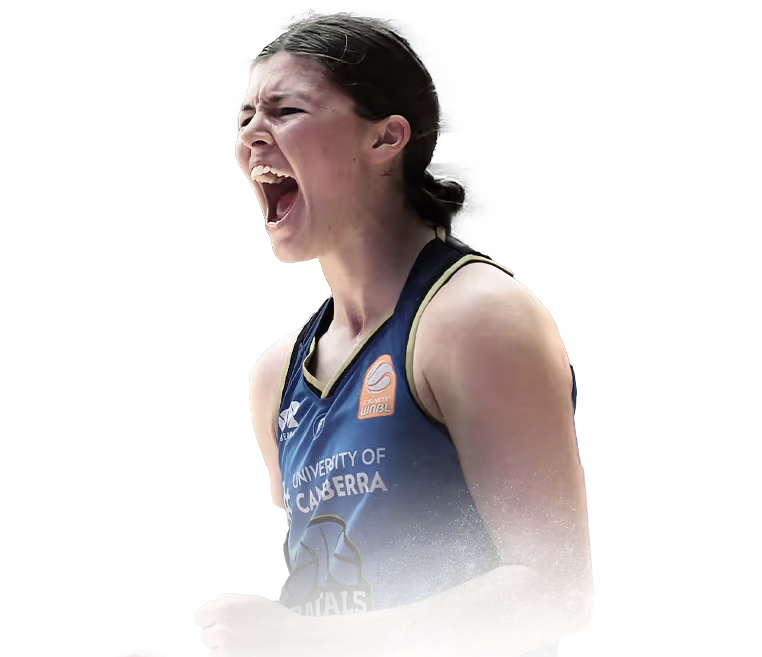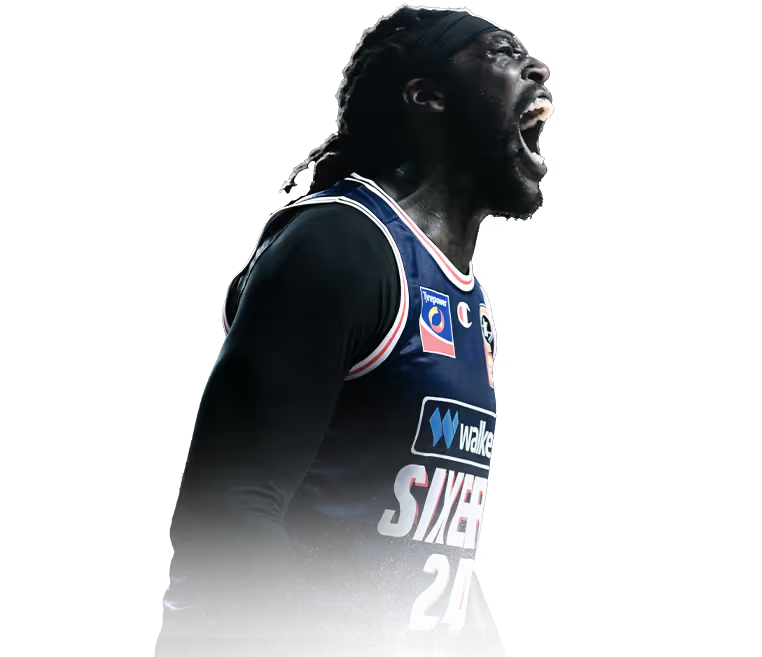
5
Oct
In-Depth Explainer
What to expect at NBL1 and Youth League trials
Coach Tutorials
What coaches want at Youth League and NBL1 basketball trials — effort, IQ, and professionalism.
- No excuse for not being a good free throw shooter
- 11 tips to prepare to play basketball on Game Day
- How to be a better ball handler under pressure
Youth League is a developmental competition — it’s where coaches identify the next generation of senior-level players. Trials focus on finding athletes who can:
- Compete physically against young adults
- Understand team systems and concepts
- Demonstrate coachability and long-term potential
Youth League Trial Format
Most Youth League trials run for 90–120 minutes and may include:
- Warm-Up & Athletic Screening (10–15 mins)
- Dynamic movement, sprint/agility testing, and short conditioning sets.
- Coaches look for effort, body control, and communication.
- Skill Stations (20–30 mins)
- Ball-handling under pressure
- Finishing variations (contact layups, floaters, euro-steps)
- Shooting drills (catch-and-shoot, off-the-dribble, closeouts)
- Defensive footwork and 1-on-1 containment
- Decision-Making Drills (20–25 mins)
- Pick and roll reads, transition spacing, and drive-and-kick actions.
- Expect “small-sided” games (2v2, 3v3) where coaches can assess reads, timing, and basketball IQ.
- Scrimmage Play (30–40 mins)
- Controlled 5v5 segments.
- Coaches want to see:
- Spacing and movement without the ball
- Help-side awareness
- On-ball communication
- Composure when fatigued
- Cool Down & Feedback (10 mins)
- Short debrief and reminders about next steps (selection, second sessions, etc.)
What Coaches Are Looking For
- Effort & Work Rate: Competing in every drill; sprinting to spots; never walking between reps.
- Coachability: Listening actively, implementing feedback immediately.
- Defensive Habits: Talk, stance, rotations — effort on D is often the separator.
- Basketball IQ: Recognising spacing, shot selection, and role execution.
- Body Language: Positive communication, composure after mistakes.
- Consistency: Repeating good habits over the full session — not just highlights.
Common Mistakes
- Trying too hard to impress with flashy plays instead of making the right play.
- Poor conditioning or lack of physical readiness.
- Talking only when things go well (coaches notice the quiet moments too).
- Not understanding time-score situations in scrimmages.
Pathway Outcome
Top performers often:
- Earn Youth League roster or development-player spots.
- Train alongside the NBL1 squad during the pre-season.
- Enter strength and conditioning or individual development programs
NBL1 Trials (Open Age)
NBL1 trials are selection-based for semi-professional roster positions. The bar is significantly higher — coaches evaluate who can win games immediately, not just who might develop into a contributor later.
Trial Environment
Expect a professional tone — structured, intense, and competitive:
- Players are expected to arrive early, taped, warmed up, and ready.
- Trial groups are often smaller (invitation-based) after Youth League or rep-level filtering.
- Coaches, assistants, and strength/conditioning staff are all evaluating.
Trial Breakdown
- Dynamic Warm-Up & Intensity Check (10 mins)
- Coaches note fitness, professionalism, and readiness.
- Positional Skill Work (20–30 mins)
- Guards: Pick-and-roll reads, shooting off movement, defensive containment.
- Wings: 3&D spacing, attacking closeouts, rebounding effort.
- Bigs: Post touches, screen angles, rim protection, defensive mobility.
- Team Concepts (30 mins)
- Implementation of offensive actions: motion spacing, sets, ball-screen coverages.
- Defensively: switching rules, rotations, communication.
- Live Scrimmage (30–40 mins)
- Full-court 5v5 under game conditions.
- Coaches want to see chemistry, decision-making under fatigue, and defensive trust.
- Exit Interviews / Feedback (if applicable)
- Brief notes on what was seen, what’s next, and how follow-up will occur.
What Coaches Are Evaluating
- Impact: Does the player make winning plays — rebounds, rotations, extra passes?
- Physicality: Can they absorb and deliver contact against mature bodies?
- Versatility: Ability to play multiple roles (e.g., guard both wing spots).
- Game Feel: Reads and reactions within offensive/defensive systems.
- Leadership & Voice: Vocal presence, accountability, team-first mindset.
- Professionalism: Punctuality, preparation, composure under critique.
Common NBL1 Trial Pitfalls
- Trying to dominate the ball instead of showing fit within team systems.
- Lack of conditioning or defensive discipline.
- Visible frustration after mistakes — maturity is a major selection factor.
- Under-communicating on defense or during live play.
NBL1 Coaches Value
- Reliability: You can be trusted every possession.
- Role Acceptance: Knowing how to contribute without being the star.
- Two-Way Competence: Effort and consistency on both ends.
- Game Maturity: Understanding team tempo, shot clock, and matchups.
Key Differences: Youth League vs NBL1
- Age Range: 18–23Open (18+)
- Focus: Player development & transition
- Intensity: High, Elite, semi-professional
- Evaluation Criteria: Potential, growth, attitude, readiness, production, consistency
- Outcome: Development squad / pathway to NBL1, roster selection or training invite
- EnvironmentTeaching-based, Professional standards & accountability
Coach’s Advice
Youth League and NBL1 assistant coach Peter Brown says: “Don’t come to a trial trying to show that you’re better than everyone else. Show that you can make everyone around you better. That’s how coaches remember you.”
Exclusive Newsletter
Aussies in your Inbox: Don't miss a point, assist rebound or steal by Aussies competing overseas. Sign-up now!

